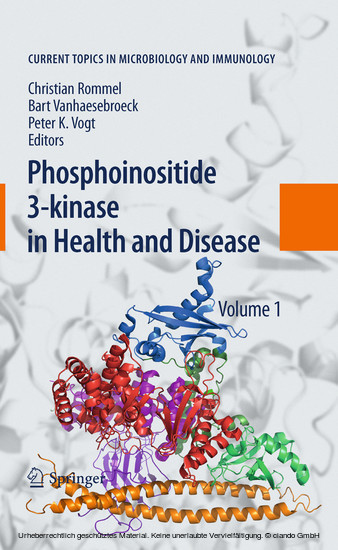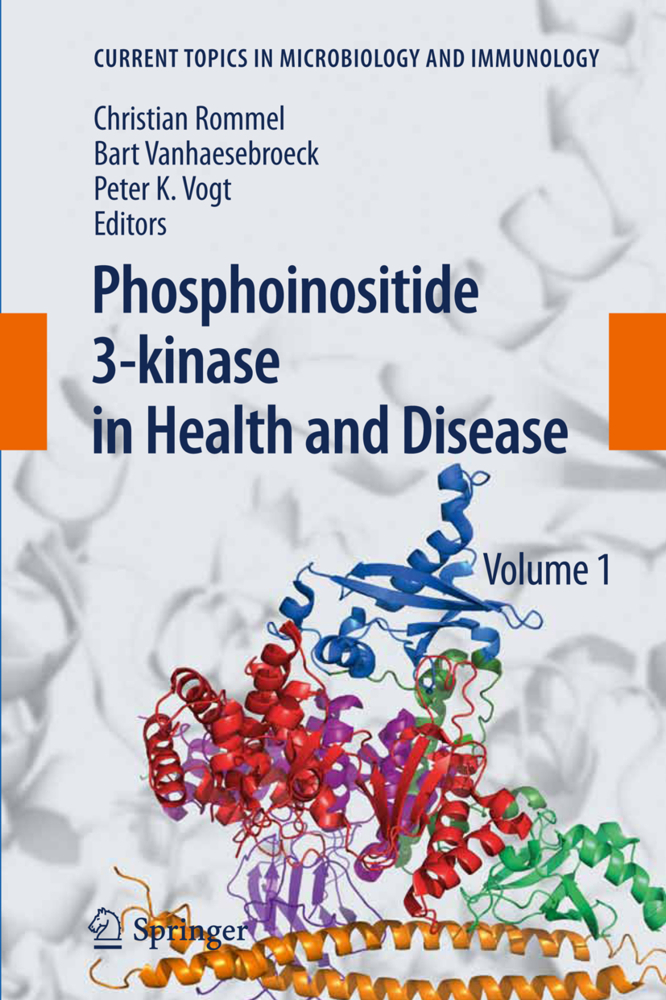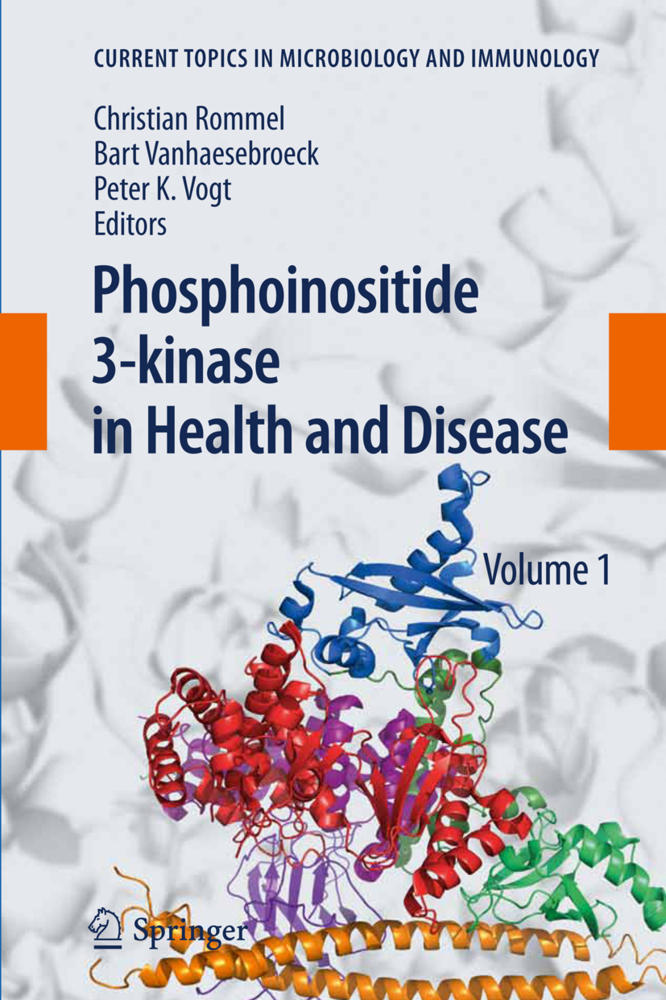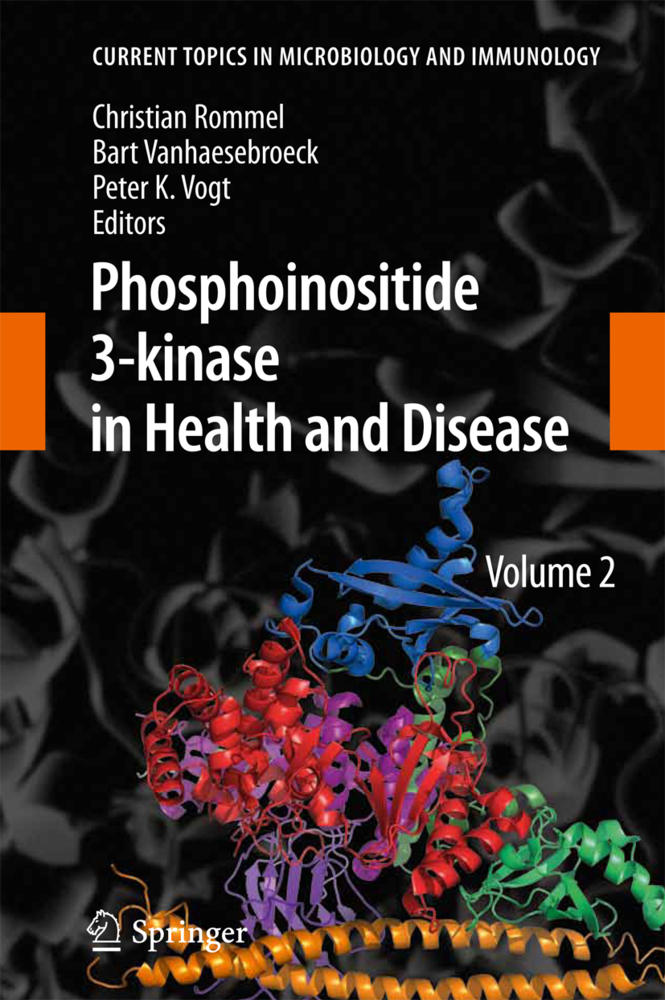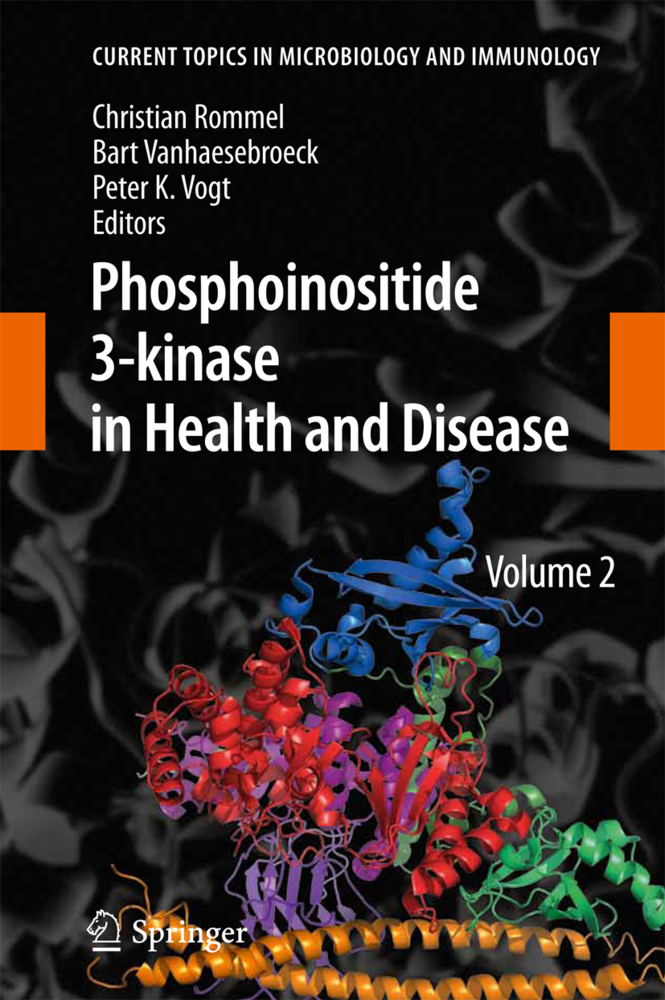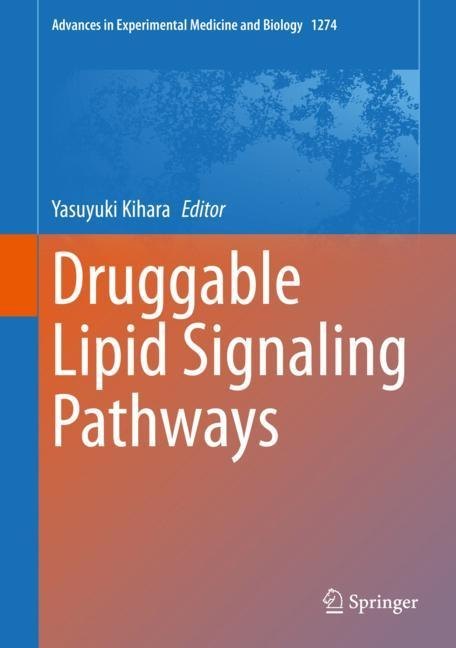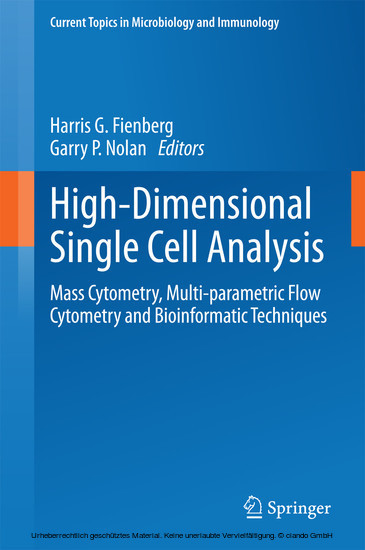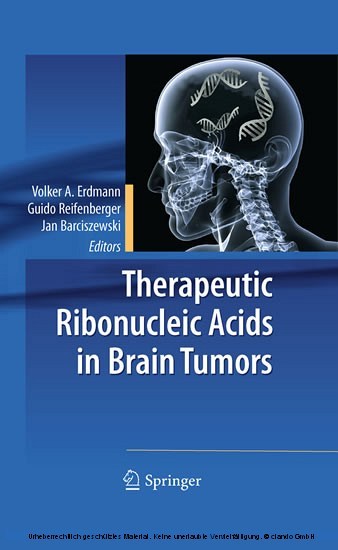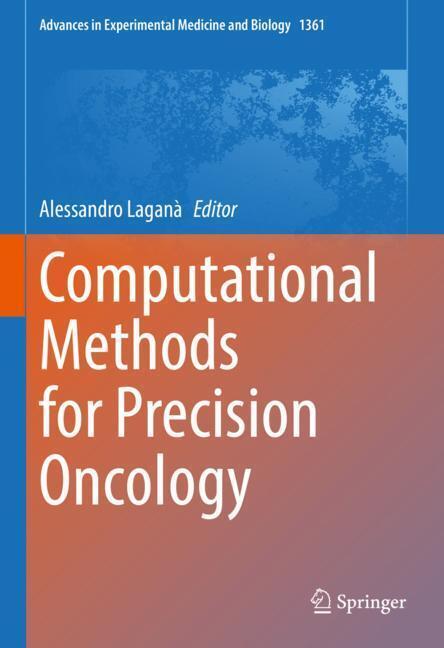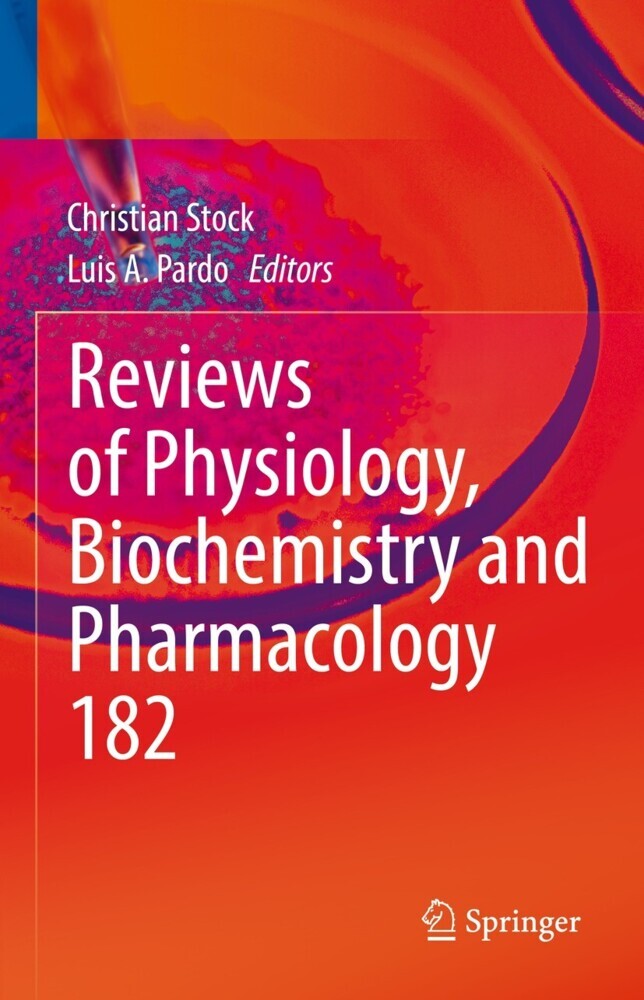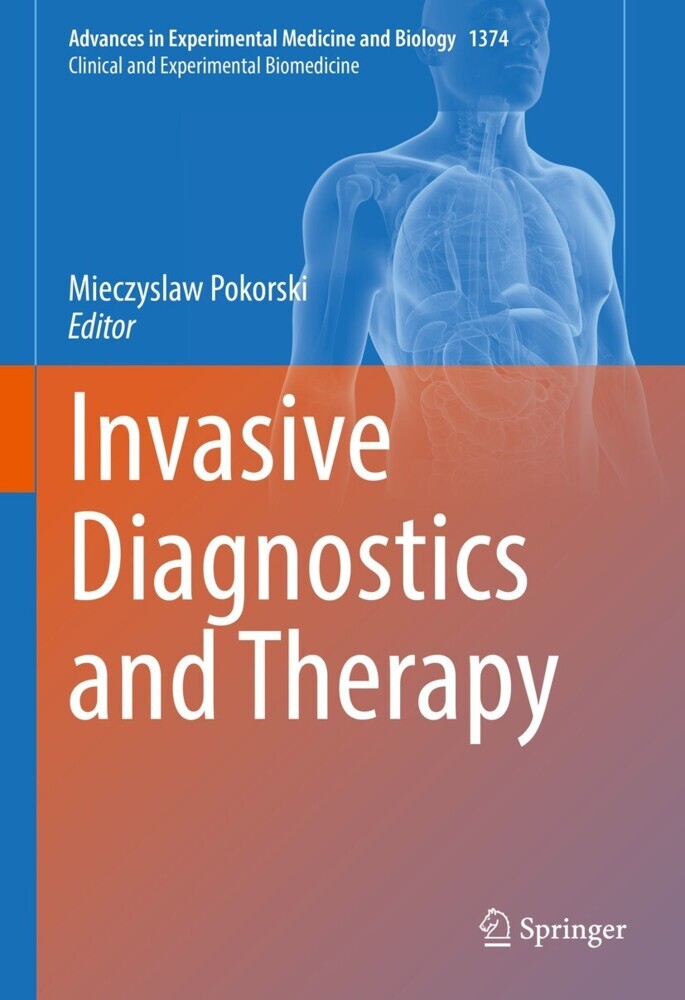Phosphoinositide 3-kinase in Health and Disease. Vol.1
Volume 1
Phosphoinositide 3-kinase in Health and Disease. Vol.1
Volume 1
From humble beginnings over 25 years ago as a lipid kinase activity associated with certain oncoproteins, PI3K (phosphoinositide 3-kinase) has been catapulted to the forefront of drug development in cancer, immunity and thrombosis, with the first clinical trials of PI3K pathway inhibitors now in progress. Here we give a brief overview of some key discoveries in the PI3K area and their impact, and include thoughts on the current state of the field, and where it could go from here
1;Contents;6 2;Contributors;8 3;Introduction;12 3.1;1 Establishing Order Within the Cell;12 3.2;2 Phosphatidylinositol and Phosphoinositides as Ideal Substrates;13 3.3;3 Nucleating a Protein Complex at a Target Location;14 3.4;4 Coupling PI3K Activity to Extracellular Cues;14 3.5;5 Disease Implications;16 3.6;References;17 4;PDK1: The Major Transducer of PI 3-Kinase Actions;19 4.1;1 Introduction;20 4.2;2 Mechanism of Activation of the AGC Kinases;20 4.2.1;2.1 PDK1, the Common T-Loop Kinase;21 4.2.2;2.2 mTORC1 and mTORC2, the Hydrophobic Motif Kinases;22 4.2.3;2.3 Two Mechanisms of Regulation by PDK1;24 4.3;3 Structure of PDK1;26 4.4;4 Genetic Models and Disease;27 4.4.1;4.1 PDK1 and Diabetes;27 4.4.2;4.2 PDK1 and T-Cell Development;29 4.4.3;4.3 PDK1, Growth and Cancer;29 4.5;5 PDK1 as a Druggable Target;30 4.6;6 Concluding Remarks;32 4.7;References;33 5;Protein Kinase B (PKB/Akt), a Key Mediator of the PI3K Signaling Pathway;40 5.1;1 Classification, Structure, and Substrates of PKB;41 5.2;2 Regulation of PKB Activity;42 5.2.1;2.1 Regulation of PKB Activity by Phosphorylation Events;42 5.2.2;2.2 Regulation of PKB Activity by Binding Partners;44 5.2.2.1;2.2.1 PKB Activators;45 5.2.2.2;2.2.2 PKB Inhibitors;47 5.2.2.3;2.2.3 PKB-Interacting Proteins with Undefined Functions;47 5.2.3;2.3 Regulation of PKB by CTMP;48 5.3;3 The Role of PKB in Physiological and Pathological Conditions;49 5.3.1;3.1 Effects of Knocking-Out Individual PKB Isoforms in Mice;50 5.3.2;3.2 PKB in Embryonic Development;50 5.3.3;3.3 PKB in Thymocyte Development;51 5.3.4;3.4 PKB in Adipocyte Differentiation;52 5.3.5;3.5 PKB in Glucose Homeostasis;53 5.3.6;3.6 PKB in Tumor Formation;55 5.4;4 Conclusion;56 5.5;References;57 6;PI3Ks in Lymphocyte Signaling and Development;66 6.1;1 Introduction;68 6.2;2 PI3K in B Cells;71 6.2.1;2.1 B-Cell Development;71 6.2.2;2.2 BcR Signaling, Antigen Presentation, and Metabolism;72 6.2.3;2.3 Immunoglobulin Gene Rearrangement and Isotype Switching;74 6.2.4;2.4 B-Cell Chemotaxis and Trafficking;76 6.3;3 PI3K in T Cells;76 6.3.1;3.1 T-Cell Development and Differentiation;76 6.3.1.1;3.1.1 A Surprising Redundancy Between p110delta and p110gamma During T-Cell Development;76 6.3.2;3.2 TcR Signaling and Costimulation;77 6.3.2.1;3.2.1 PI3K Regulates Some, But Not All, TcR-Dependent Signaling Pathways;79 6.3.3;3.3 T-Helper Cell Differentiation;80 6.3.4;3.4 Survival and Glucose Homeostasis in Mature T cells;81 6.3.5;3.5 PI3K Controls the Development and Suppressive Function of Regulatory T Cells;81 6.3.6;3.6 T-Cell Chemotaxis and Migration in Lymph Nodes: Not All About PI3K;83 6.3.7;3.7 T-Cell Trafficking;84 6.3.8;3.8 Nonessential Role for PI3K in Cytotoxic Responses;85 6.4;4 Prospects for PI3K Inhibitors in Inflammation and Autoimmunity;85 6.5;References;86 7;The Regulation of Class IA PI 3-Kinases by Inter-Subunit Interactions;95 7.1;1 Structural Organization of p85a/p110a;96 7.2;2 p85a Inhibits and Stabilizes p110;98 7.3;3 Activation of p85a/p110a Dimers by Phosphopeptides;100 7.4;4 A Mechanism for Phosphopeptide Activation;101 7.5;5 Activation of p85/p110 by GTPases;104 7.6;6 Activation by Binding to p85 SH3 and Proline-Rich Domains;107 7.7;7 Regulation by Autophosphorylation;107 7.8;8 Oncogenic Mutation of p85a and p110;108 7.8.1;8.1 Helical Domain Mutants: Disruption of the nSH2-Helical Domain Interface;109 7.8.2;8.2 The Kinase Domain Mutant H1047R;110 7.8.3;8.3 p110a Mutations Disrupting the C2-iSH2 Domain Interface;110 7.8.4;8.4 p85a Mutations Disrupting the C2-iSH2 Domain Interface;111 7.9;9 Regulation of p85/p110 In vivo: Activation Versus Translocation;112 7.10;10 Unanswered Mechanistic Questions on p85-p110 Interactions;113 7.11;References;115 8;Phosphoinositide Signalling Pathways in Metabolic Regulation;123 8.1;1 Introduction;124 8.2;2 Role of Insulin Signalling Network Molecules in Metabolic Regulation as Revealed by Global Gene Inactivation in Mice;125 8.3;3 Role of INSR/PI3K Pathway Components in the Development and Function
Rommel, Christian
Vanhaesebroeck, Bart
Vogt, Peter K.
| ISBN | 9783642136634 |
|---|---|
| Artikelnummer | 9783642136634 |
| Medientyp | E-Book - PDF |
| Auflage | 2. Aufl. |
| Copyrightjahr | 2010 |
| Verlag | Springer-Verlag |
| Umfang | 310 Seiten |
| Sprache | Englisch |
| Kopierschutz | Digitales Wasserzeichen |

